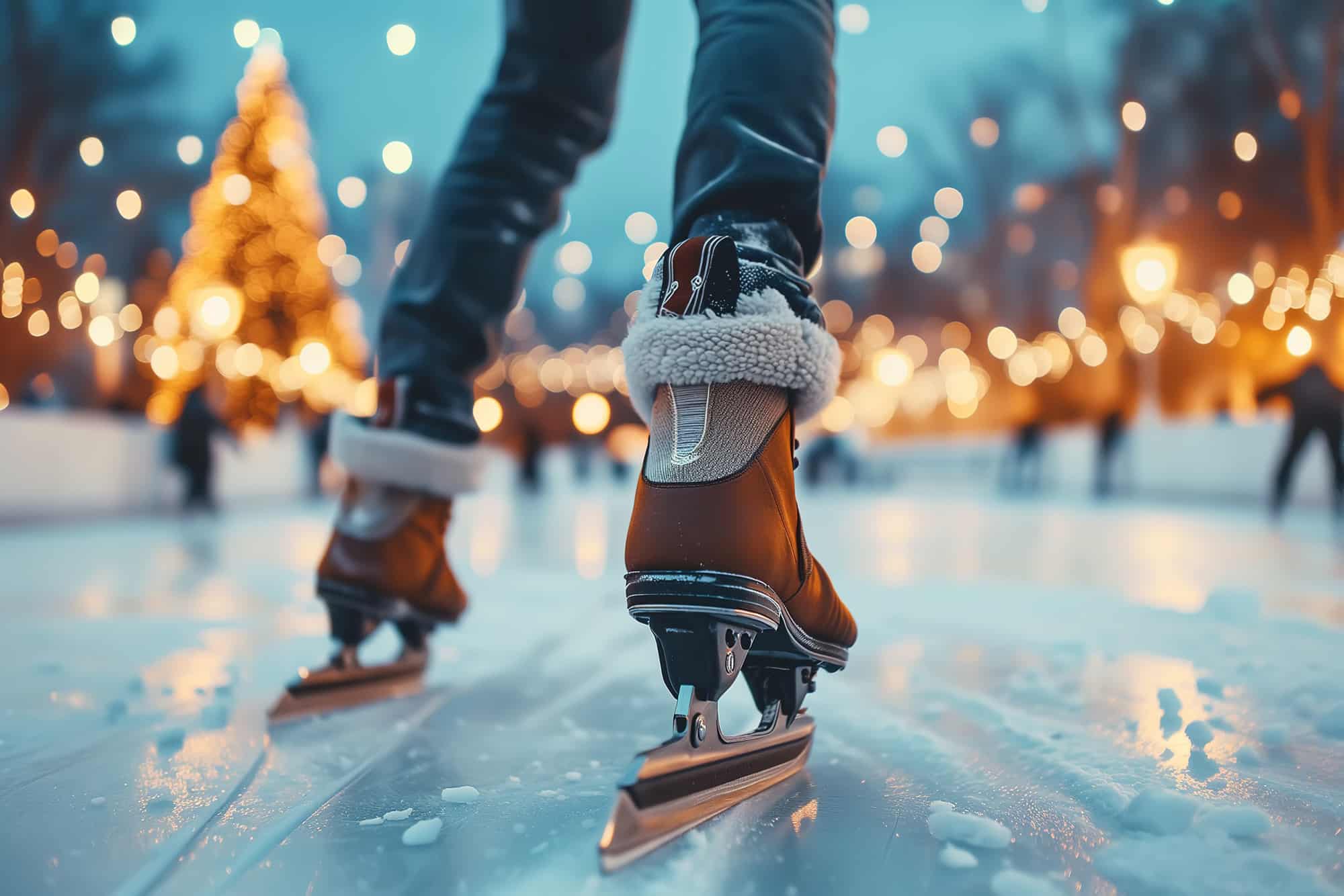

Staying Safe on the Ice
January is not just the first month of the year. It’s also (appropriately) National Skating Month. As we celebrate the joy and beauty of this winter sport, falls on the ice can also cause injury–from bone fractures to traumatic brain injuries (TBIs). Whether you’re a parent, a young skater, or an amateur enthusiast, taking the following safety precautions will help ensure your ice skating experience is both enjoyable and safe.
Before you step onto the ice, take some time to warm up your muscles and joints. It prepares your body for physical activity, decreasing the risk of injuries. Here are some steps to consider:
Ice rinks can get crowded, especially in highly populated areas. Overcrowding can lead to collisions and accidents. Try to:
• Skate During Off-Peak Hours: Skate during less popular hours to avoid large crowds.
• Maintain Distance: Keep a safe distance from other skaters to prevent accidental bumps or falls.
Continuous skating can lead to fatigue, which increases the risk of falls and injuries. Be sure to:
Wearing the right gear is a key aspect of ice skating safety. The following items will reduce your risks:
Following the above safety tips will reduce the risk of injury so you and your loved ones can have an enjoyable time on the ice. Even so, we can’t control the actions of others. If you or someone you love experiences a skating-related injury due to someone else’s negligence, don’t hesitate to seek legal help. Our law firm can evaluate your case and take steps to get you the proper compensation for your injuries. Call us today for a consultation.
Every year on April 28th, the United Nations highlights the importance of safe workplaces with…
E-scooters have surged in popularity as a convenient and eco-friendly way to get around. But…
Electric vehicles (EVs) are transforming the automotive industry with their eco-friendly technology and quiet engines.…
April is Distracted Driving Awareness Month, reminding us of the dangers associated with losing focus…
OM is excited to share that 15 attorneys have been recognized in the 2025 edition…
After a long winter, young athletes are often eager to engage in springtime sports. However,…